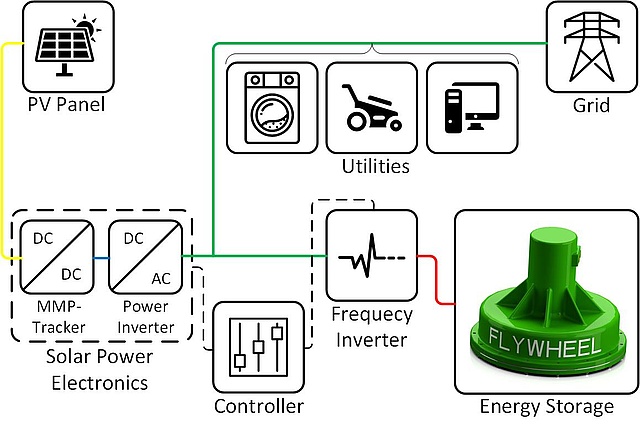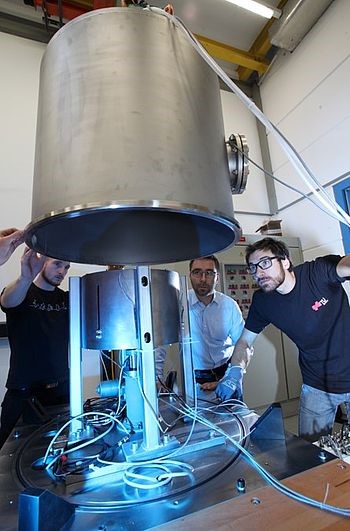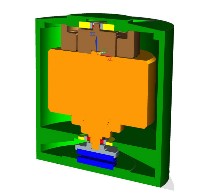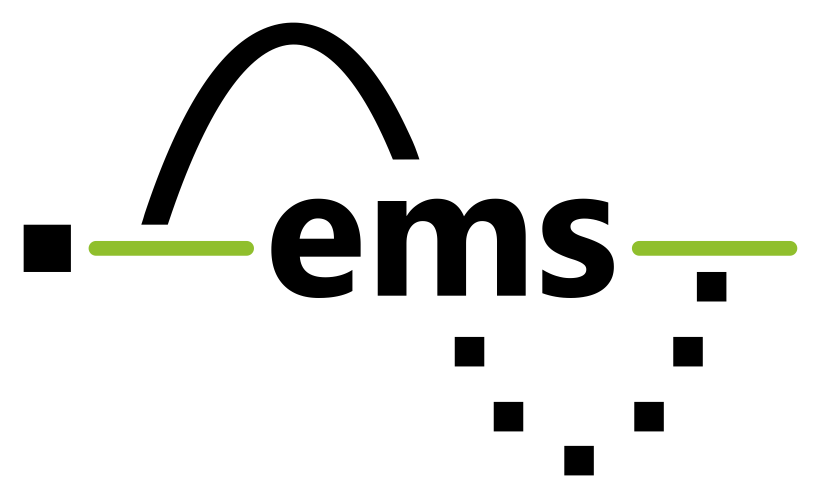Project Description
A steady and significant trend for increasing the share of renewable energy in the European electricity mix due to the fulfilment of the climate targets can be recognized. Especially the areas of wind power and photovoltaic report an enormous growth. Thus, the introduction and further development of innovative and sustainable energy storage systems to benefit the establishment of flexible and smart grids is the key for the expansion of volatile renewable energies. Due to the use of storage technologies the purchased quantity of electricity from the grid as well as the power supply can be reduced. Another important factor is the declining feed-in tariff in comparison to the rising power purchase prices. Currently the only economically acceptable and mature technologies for small-scale storage systems are lead-acid and li-Ion batteries. At the current price situation in this segment profitability for long-term electricity storage is not reached.
A promising storage technology, which could be applied to realize short- and middle-term storages within the range of 5 kWh to 50 kWh is a low-cost flywheel storage system (LCFS). This technology combines a robust and well-tried physical principle with low-cost materials and machine elements corresponding to the state of the art as well as innovative design approaches based on excellent technical know-how of the scientific project partners. Some system components such as electric motor-generator, vacuum technique or ceramic bearings are already available on the market. Therefore, they are economic and approved.

The proposal aims to generate the necessary data basis and knowledge for the implementation of a pilot facility in a following R&D project and determine further development requirements. Based on the project idea a draft of a base system is designed, which is then subjected to a thorough system analysis. Subsequently an analytic pre-dimensioning should be done and a simulation model of the whole LCFS-system and its components be derived. Mathworks program Matlab/Simulink is considered as a suitable simulation environment for this purpose. In addition, the analytical pre-dimensioning includes Finite-Element-Methods (FEM) and analytical calculation methods for dimensioning the mechanical engineering core components such as rotor, bearing or casing. Based on the knowledge gained, the properties, characteristics, weaknesses and development needs of the technology are revealed to finally identify the compilation of the storage system and possible exemplary applications. It is also planned to test changes within the components due to their effectivity by changing parameter (with the help of the simulation and pre-dimensioning) as well as to identify the weak spots of the system. This strategy ensures a cost effective and efficient project accomplishment.

Project Data

Project Type: Joint Proposal
Programme: FFG Energy Research, 1st call
Duration: 1 year
Status: Finished
Workgroup: Energy Aware Measurement Systems
